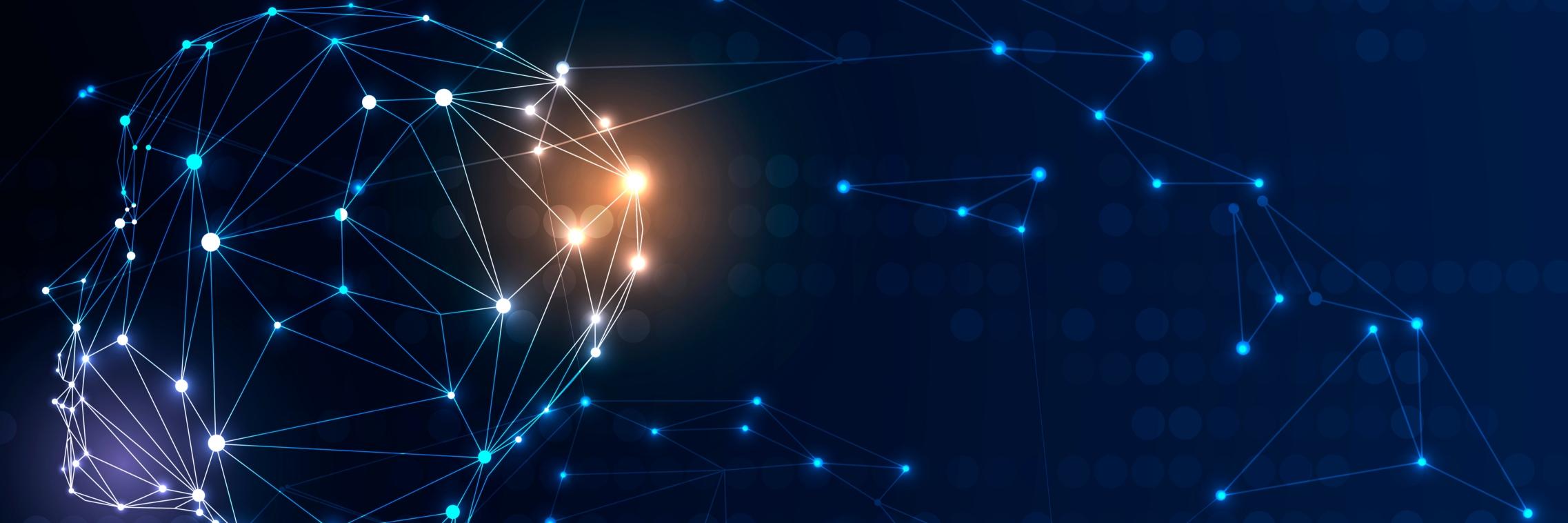
Mingyao Li
@DrMingyaoLi
Professor of Biostatistics & Digital Pathology at @Penn statistical genomics | single-cell & spatial omics | computational pathology | Views are my own.
Multiplexed spatial mapping of chromatin features, transcriptome & proteins in tissues ft. @pengfeo, @LiranMao, @ChinNLee2021, @DrMingyaoLi, @DengYanxiang (@PennPathLabMed), Yufan Chen & Angelysia Cardilla (@pennbioeng) @PennEpiInst @UPennDBEI nature.com/articles/s4159…
📢 MorphLink is out now in @NatureComms! A framework designed to systematically identify disease-related morphological–molecular interplays. Congrats to @DrJianHu @EmoryUniversity and the team @MDAndersonNews. nature.com/articles/s4146…
Our latest work in @NatureComms! 🎇 MorphLink identifies and visualizes disease-relevant molecular–morphology interplay. Congrats to @JingHuang_stats at @EmoryGenetics, and many thanks to @IamLinghua’s team at MD Anderson for the great collaboration! 🔗 nature.com/articles/s4146…
New research out in @Nature uses spatial transcriptomics to reveal human cortical layer & area specification ft. Kyle Coleman, Shunzhou Jiang, Chunyu Luo & @DrMingyaoLi (@UPennDBEI) nature.com/articles/s4158…
Today in @Nature, we report a spatial single-cell atlas of human cortical development, revealing surprisingly early specification of human cortical layers and areas. We built an interactive browser to explore the spatial data: walshlab.org/research/corte… Paper link below👇
Attending the #AACR25 Methods Workshop on Integrating Computational Pathology, AI, and Spatial Multi-Omics in 2D and 3D? Read session speakers @IamLinghua @DrMingyaoLi & @tae_hwang's commentary on the topic in @CD_AACR: doi.org/10.1158/2159-8…
ICYMI: A new AI-powered tool developed by @UPennDBEI can detect cell-level characteristics of cancer by looking at incredible amounts of data from small pieces of tissue—some only as wide as five human hairs. spr.ly/6013xdASJ
"As the field of spatial omics advances, it has become possible to measure multiple-omics modalities from the same tissue slice, providing complementary information and offering a more comprehensive, insightful view." @DrMingyaoLi, Prof. of Biostatistics and Digital Pathology.
A new AI-powered tool developed by @UPennDBEI can detect cell-level characteristics of #cancer by looking at incredible amounts of data from small pieces of tissue—some only as wide as five human hairs. spr.ly/6012abRtp
Spatial proteomics & transcriptomics are amazing technologies that have transformed how we study diseases. Can we do more? Here's our new preprint that combines both assays into one! (massive thanks to @SizunJ @Yuzhou_Chang Huaying @QinMaBMBL et al. biorxiv.org/content/10.110…
ft. @taimeimiaole, @cranphilly, @mayankneuro, @YijingSu2022, You Lu, @UPenn_SongMing, Minghong Ma, Wenqin Luo (@PennMINS), Hanying Yan, @DrMingyaoLi (@UPennDBEI), Stephen Prouty, John Seykora (Dermatology) & @hao_wu_7 (@PennGenetics) nature.com/articles/s4159…
The wait is over!! We are thrilled to announce that we have chosen Spatial Proteomics as 2024’s Method of the Year! 🥳 For more on Spatial Proteomics and a road map to this special issue, please see this month’s Editorial or read on in this thread. nature.com/articles/s4159…
What gets erased when you integrate single cell data, and can you recover it? Finally, we know what happens and how to recover the lost signals. So excited to share CellANOVA, published online today in NBT! go.nature.com/4hZnzW5
Recovery of biological signals lost in single-cell batch integration with CellANOVA go.nature.com/4hZnzW5
In the latest issue! Spatially exploring RNA biology in archival formalin-fixed paraffin-embedded tissues dlvr.it/TGCzLH
Thrilled to share two @biorxivpreprint papers from my lab and @StimulatedRaman, reporting on the SAME tissue section multi-modality spatial omics! 🤩🥳🙂
Sunbelt Spatial Omics Seminars! Highlighting rising stars... Daiwei (David) Zhang UNC November 15th, 2 pm EST Inferring super-resolution tissue architecture by integrating spatial transcriptomics with histology Register: lnkd.in/eDH5kM4s (Inspired by @RongFan8 )
Honored to collaborate with @RongFan8 and @Zhiliang_Bai on this exciting paper! Glad to see that our iStar tool can further enhance the spatial resolution to near single-cell level, enabling the exploration of RNA biology with unprecedented precision.
Thrilled to report Patho-DBiT, just published in Cell 😊. It allows us to directly “see” all kinds of RNA species on the same clinical FFPE tissue slide, including mRNA, miRNA, snRNA, snoRNA, tRNA, etc, and splicing isoforms, genetic alterations (SNV, CNV, etc). Really a fun,…
3D cellular CODA maps of the fallopian tube are used to guide the design of "assembloids" that recapitulate the complex architecture and ciliated-based motion of oocytes. See more here: science.org/doi/10.1126/sc…
Exciting opportunity! I am hiring a postdoc to join the group and to develop computational methods for the analysis of biomedical data including imaging and genomics data at a single-cell or spatial resolution 🧬 stephaniehicks.com/join
iStar predicts gene expression with near-single-cell resolution from histology images go.nature.com/47m0Mgk rdcu.be/dUtvJ
How can we build an Al Virtual Cell 🔮🧬 that simulates all functions and interactions of a cell? How will it transform research and drive breakthroughs in programmable biology, drug discovery and personalized medicine? 🚀 Take a look at our Perspective! arxiv.org/pdf/2409.11654